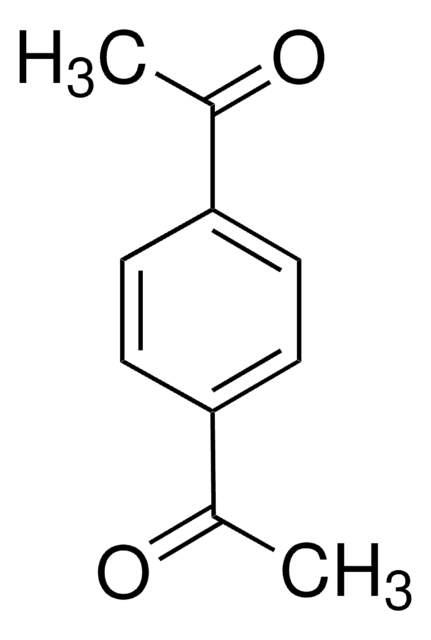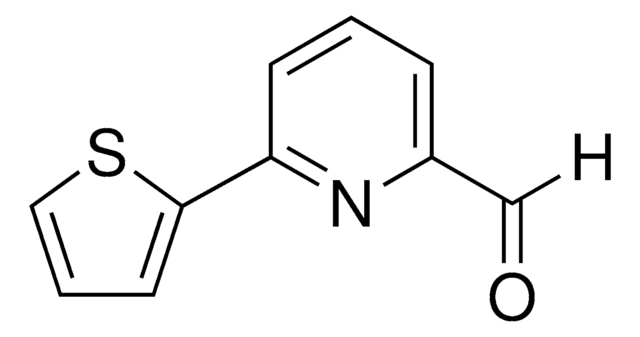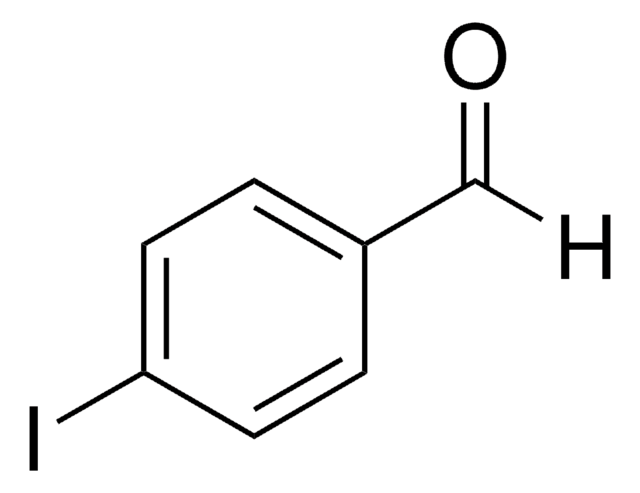242039
1,2-Diacetylbenzene
99%
About This Item
Produits recommandés
Pureté
99%
Forme
solid
Point d'ébullition
110 °C/0.1 mmHg (lit.)
Pf
39-41 °C (lit.)
Solubilité
dichloromethane: soluble 50 mg/mL, clear, colorless to yellow
Fluorescence
λex 355 nm; λem 455 nm (Amine adducts)
Chaîne SMILES
CC(=O)c1ccccc1C(C)=O
InChI
1S/C10H10O2/c1-7(11)9-5-3-4-6-10(9)8(2)12/h3-6H,1-2H3
Clé InChI
LVQFKRXRTXCQCZ-UHFFFAOYSA-N
Vous recherchez des produits similaires ? Visite Guide de comparaison des produits
Catégories apparentées
Description générale
Conditionnement
Code de la classe de stockage
11 - Combustible Solids
Classe de danger pour l'eau (WGK)
WGK 3
Point d'éclair (°F)
Not applicable
Point d'éclair (°C)
Not applicable
Équipement de protection individuelle
Eyeshields, Gloves, type N95 (US)
Certificats d'analyse (COA)
Recherchez un Certificats d'analyse (COA) en saisissant le numéro de lot du produit. Les numéros de lot figurent sur l'étiquette du produit après les mots "Lot" ou "Batch".
Déjà en possession de ce produit ?
Retrouvez la documentation relative aux produits que vous avez récemment achetés dans la Bibliothèque de documents.
Notre équipe de scientifiques dispose d'une expérience dans tous les secteurs de la recherche, notamment en sciences de la vie, science des matériaux, synthèse chimique, chromatographie, analyse et dans de nombreux autres domaines..
Contacter notre Service technique








